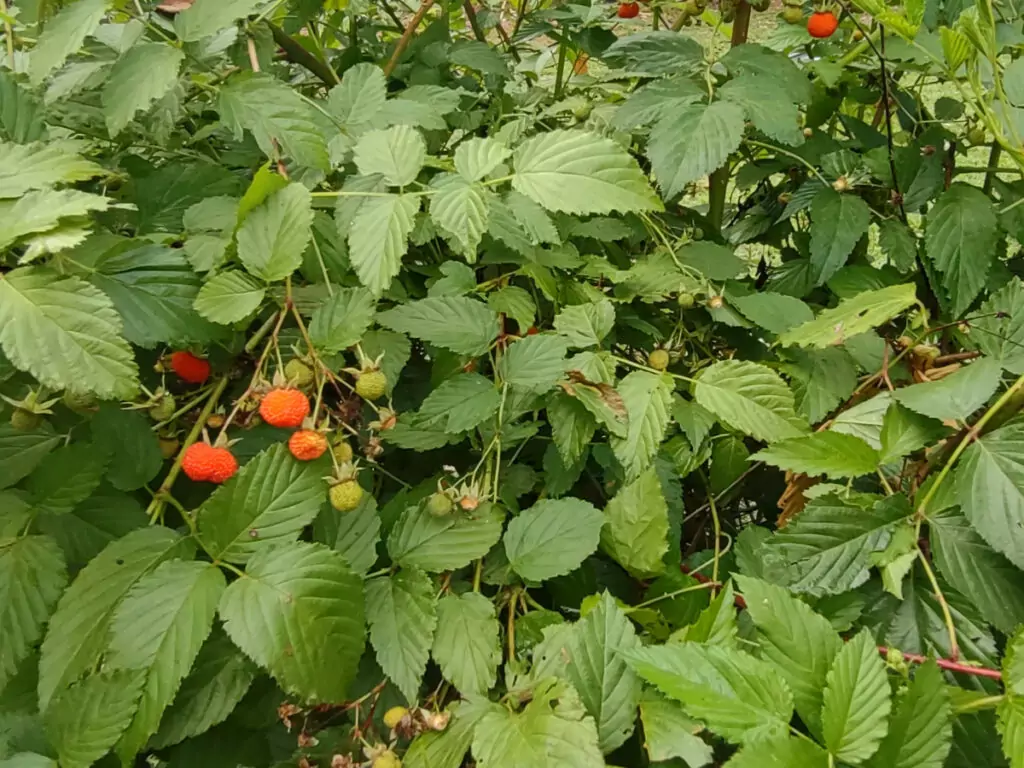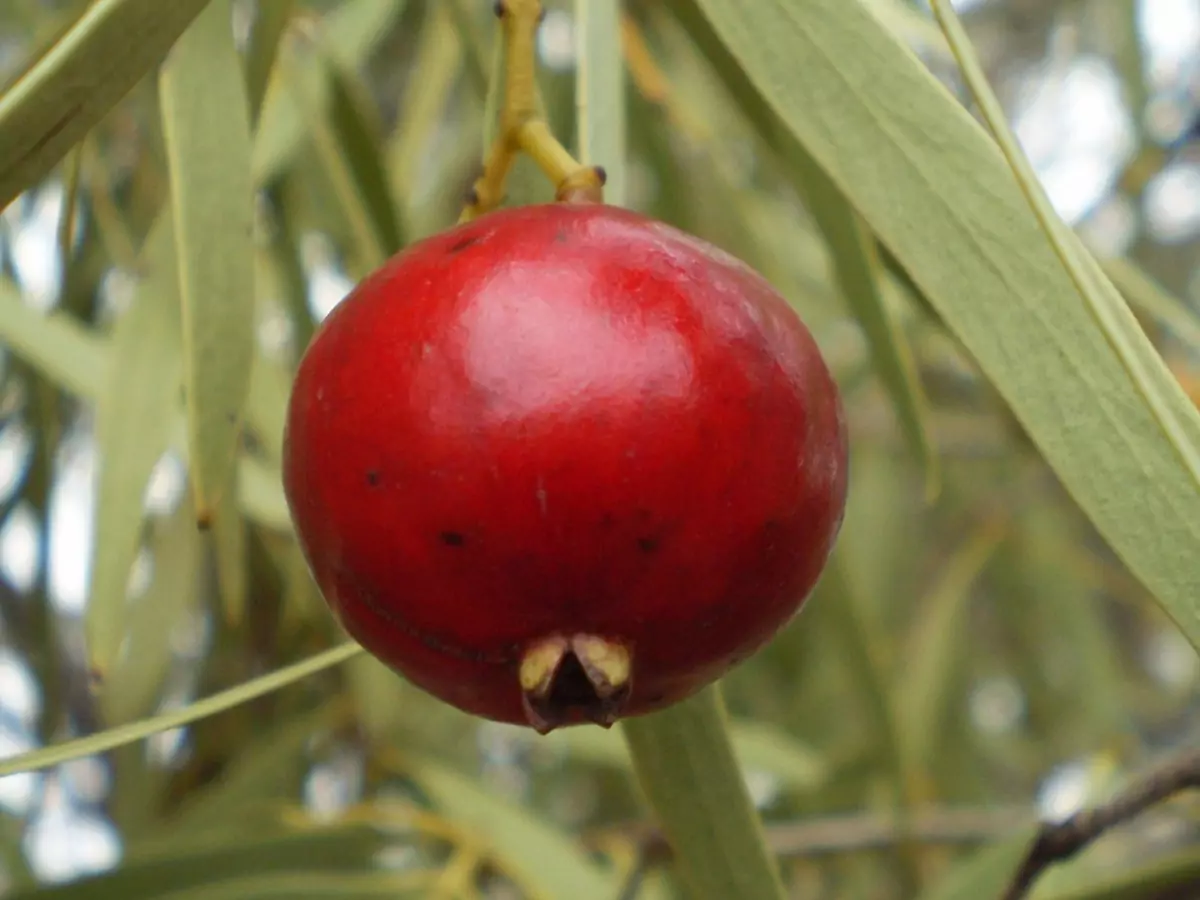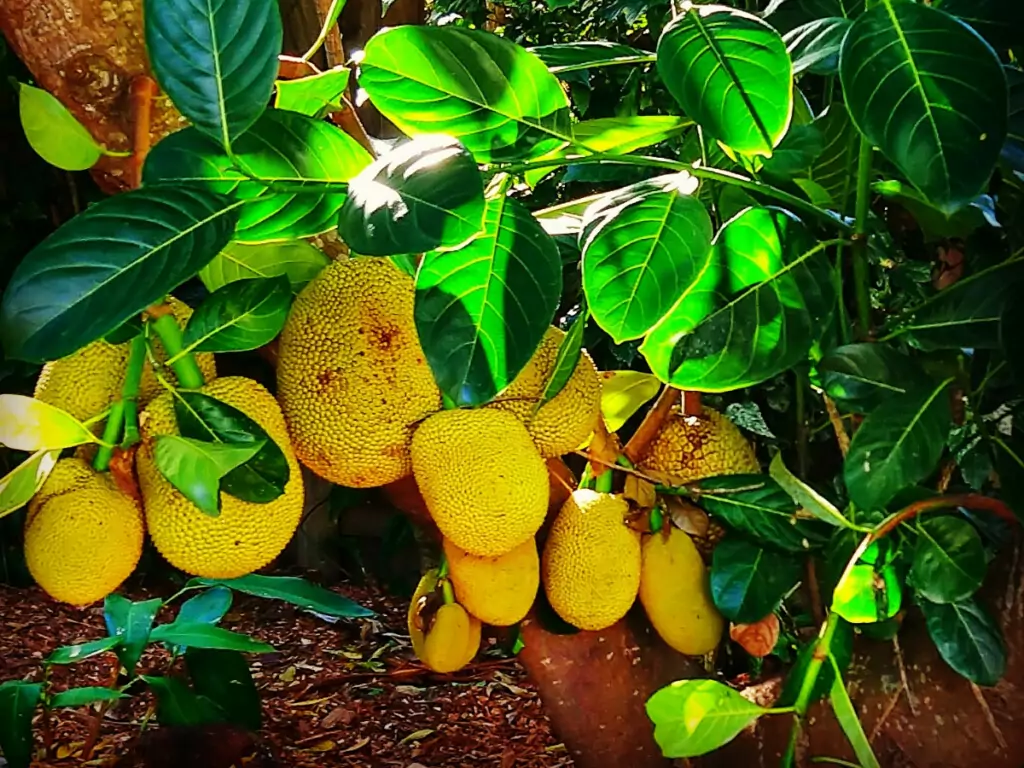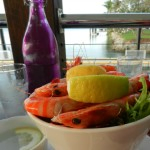This post may contain affiliate links.
Australia has suitable climates for growing all kinds of fruits and fruit is a very popular food in Australia. From snowy highlands to tropical and subtropical areas, Australia has the right climate for most of the world’s fruit to flourish and indeed, Australia produces no end of fruit commercially. Numerous settlers from the Europeans to the Chinese have brought with them fruits from both home and other parts of the world and they have flourished here. This means Australians can access most types of fruit today, however, what exactly are Australian fruits?
Is the fruit on an Aussie table really Australian? Or has it come from overseas? We look at native Australian fruits and the fruits grown and popular in Australia today.

Australian Fruits
Most Australians enjoy fruit that isn’t Australian at all. The native Australian fruits we list below don’t feature on too many shopping lists although finger limes are fairly popular on the restaurant scene.

Australia enjoys a vast array of tropical fruits and is also able to grow fruits from colder climates. You can get most fruits in Australia and gardeners in Australia can grow a huge variety of fruits in their back gardens depending on location.
Native Australian Fruits List

First a quick list of native Australian fruits. I go into more detail below. Native Australian fruits include the following:
- finger limes
- Davidson plum
- Illawarra plum
- quandong
- riberry
- native raspberry
- wild passionfruit
- Kakadu plums
- blue quandongs
Finger limes
Finger limes come from small thorny bushes. While their name suggests they are part of the citrus family there is some dispute as to which genus it fits. Some have said they belong in the Microcitrus with other wild citrus plants. Early explorers were aware of these limes and used them frequently and even kept them while other forest around was cleared for other uses.
Australian fruits haven’t made a huge impact outside of Australia although finger limes are one fruit that has. Since its boom in popularity in the late 1990s when it gained traction as a bushtucker food there have been numerous commercial setups.
The majority of these are on the South East Queensland and Northern NSW border regions. They prefer a tropical or subtropical environment to grow and fruit.
Davidson Plum
Davidson plum is the fruit from a rainforest tree native to Australia. It has been eaten by Aboriginals for centuries and was then consumed by European settlers on their arrival. Neither would have known just how good the davidson plum was health-wise.
Now known as a superfood it is one of the most nutritious native fruits in Australia. High in potassium, zinc and vitamin E they also contain large amounts of antioxidants. Low in sugar and quite acidic this fruit isn’t eaten raw often. It is used in jams, yogurts and cakes to name a few.
Illawarra Plum
This native tree and fruit is found in Eastern NSW and South Eastern QLD. It can grow to quite a large tree (30+m) or keep as a smaller tree. The fruit is perfect for making jams and sources. It has been tested by the CSIRO to have 3 times the amount of antioxidants than blueberries making this another local ‘super’ food. There are also distillers that make alcoholic drinks from Illawarra plums.
Quandong
Quandong trees (Santalum acuminatum) are hardy drought resistant trees found in arid and semi desert areas of southern Australia. Both the fruit and the tree as a whole have been used by indigenous Australian’s for thousands of years. It has a unique make up in that it is 25% protein with 70% being oils and this allowed the Aboriginals to use the quandong as a supplement for meats during the year. More common now is the use as a superfood in things like jams and as an additive to yoghurts and other food products.
Wild Rosella
From the hibiscus tree.
Popular Australian Fruits
Some of the most popular fruits in Australia surprisingly aren’t native but imports from other parts of the world. With Australia’s vast differences in climate and growing conditions so many fruits will grow here.
Settlers started bringing these plants with them from the very first fleet and that has continued ever since.
Australia imports fruit from other countries which makes the price and availability of fruits less seasonal. Locally-produced fruit is far more seasonal and it isn’t uncommon for fruit and vegetables to have vast swings in cost depending on supply and demand during the different seasons.
It also makes the crops susceptible to natural disasters brought about increasingly by global warming. When 3/4 of Australia’s banana crop were wiped out during cyclone Yasi the cost of bananas (where I lived and worked as a chef) went up to nearly $15 a kilo which was close to $3 a banana!
Australian Mango
Originally from India, the Portuguese brought mango trees to Asia and the Americas as early as the 15th century. The British brought mangoes to Australia in the 1800s and they have flourished in the northern half of the country since.
There are numerous varieties with Bowen or Kensington Pride, Calypso and R2E2. Kensington Pride mangoes originated here after various types were blended to produce this variety. Compared with mangoes from Florida they have a distinct flavour and aroma.
Australian Bananas

Another imported fruit that has flourished in Australia’s climate is the hugely popular banana. It was the Chinese who first brought bananas to Australia via Western Australia and then north Queensland in the 1870s.
Since then bananas have become an intricate part of Australia’s agricultural industry. No bananas are imported into Australia due to the biosecurity risks, such as in the early 20 century where a lot of crops were wiped out. A small number of growers are starting to export bananas although this isn’t a big market.
Bananas are grown commercially in Australia and banana plants are commonly grown in Australian back yards, particularly in tropical north Queensland.
Like mangoes there are a few types in Australia including Cavendish and Ladyfinger. While worldwide there are over 500 types those two are the biggest and most common in Australia.
Australian Pineapples
Indigenous to South America the first pineapple was reported to have been brought to Australia in 1826. It wasn’t until decades later that another type was brought from Kew Gardens in London and farm production started.
You’ll see huge fields of pineapples growing in Queensland and quite a few in my back garden.
Pineapples are one fruit that is used both fresh and canned. Australia hit its canning peak in the 1990 s but since then due to cheaper imports, the amount has slowly declined.
Australian Melons, Watermelon, Rockmelon and Honeydew
Unlike a lot of fruits, melons can be and are grown in nearly all states and territories with the exception of Tasmania and the ACT.
Originally from South and Central America, early Spanish and Portuguese traders brought and introduced melons to the wider world as they discovered more destinations.
Comprising of 80 % + water they are quick to grow and grow along vines. The plants produce both male and female flowers. You can usually find melons year-round, although summer tends to be the best time and also has the nicest fruit.
Australian Peaches
A temperate fruit that is grown in southern parts of Australia and some sub-tropical areas in the north. Both European and Chinese settlers brought peaches to Australia. It was much later than other fruits, near the start of the 20th century.
The crops and trees have been further strengthened with imports from the USA which has made the plants more productive and resilient. Victoria is the biggest producer of peaches in Australia, accounting for nearly 80% of domestic production.
Peach season is the summer months. You’ll find them for sale between October and April. We do import peaches into Australia with the biggest market being the US where the bulk of our non home grown peaches come from.
Australian Nectarines
Very much like peaches these temperate plants are also grown in much the same places. Victoria is again the main producer
A round-up of Australian fruits. Be sure to try as many of these as you can while you’re in Australia and if you visit our tropical regions be sure to try some of the incredible tropical fruits grown in Australia.
Australian Pawpaw

In Australia, papayas are often called paw paw but Australian paw paw is not even related to the true paw paw fruit found in North America.
In Australia paw paw is payaya, so don’t get confused!
Papaya or paw paw, this sweet orange fleshed fruit is very easy to grow in Australia and you’ll see it in tropical fruit salads and on breakfast buffets all over the country.
In our native Port Douglas it’s very common to see paw paw in restauraunts and hotels, and you’ll find it in many back yards too.
Australian Tropical Fruits

Many tropical fruits grow in Australia, the most popular being the common tropical fruits, bananas, pineapples, pawpaw (papaya) and passion fruit, but many more tropical fruits grow in Australia, for instance lychees, rambutans, soursops, sapote and jackfruit, along with durian, the king of fruit.
Jackfruit is the national fruit of Sri Lanka and grows well in the warmer parts of Australia where these very sweet fruits can fetch a high price at market.
Australian Citrus Fruit
Every type of citrus fruit can be grown in Australia, including limes, lemons, grapefruit, pomellos and mandarins.
If you'd like to hire a car during your stay, use this car rental comparison tool to find the best deal!
Please check out our Pinterest account for loads of food and recipes from around the world!









